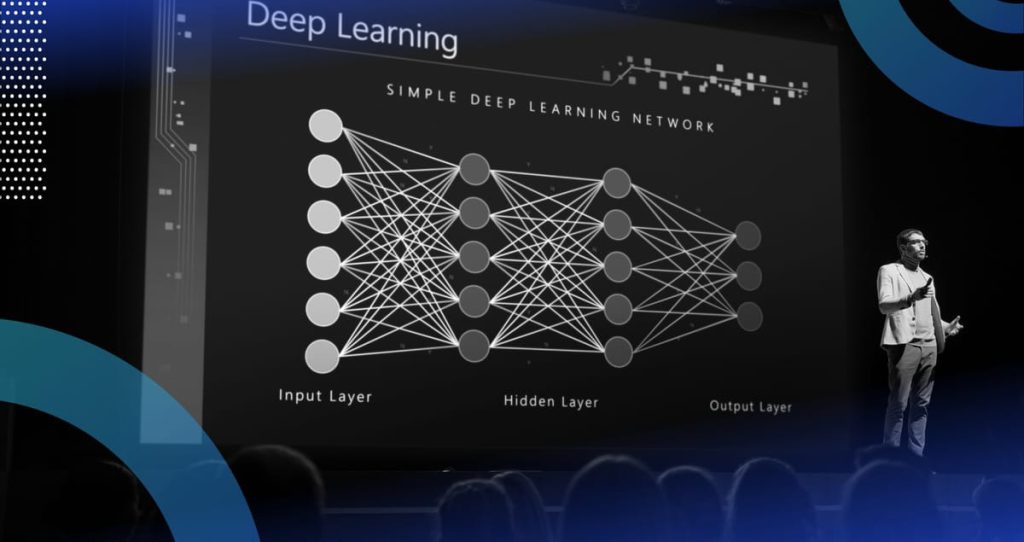Machine learning has revolutionized numerous industries, but when it comes to choosing the right approach, one of the biggest debates remains: Deep Learning vs. Traditional Machine Learning. While both have their strengths, selecting the best option depends on factors like data availability, computational resources, and the complexity of the problem at hand.
This article explores key differences, advantages, and real-world applications to help you make an informed decision.
1. Understanding Traditional Machine Learning
Traditional machine learning, also called classical machine learning, involves models that rely on feature engineering and structured datasets. These models include:
- Linear Regression – Used for predicting continuous values.
- Decision Trees – Useful for classification problems.
- Random Forests – An ensemble method that improves prediction accuracy.
- Support Vector Machines (SVMs) – Used for classification and regression tasks.
- K-Nearest Neighbors (KNN) – A simple yet effective algorithm for classification.
These models require domain expertise to manually select and preprocess features before training.
Advantages of Traditional Machine Learning
✅ Works Well with Small Datasets – No need for huge amounts of data.
✅ Less Computationally Intensive – Can run on normal CPUs.
✅ Interpretable Models – Easier to understand and explain.
✅ Effective for Structured Data – Best for tabular datasets like financial records or customer analytics.
Limitations of Traditional Machine Learning
❌ Feature Engineering Required – Needs manual tuning to improve performance.
❌ Struggles with High-Dimensional Data – Doesn’t perform well on complex datasets like images and videos.
❌ Limited Scalability – Doesn’t improve significantly with larger datasets.
2. What is Deep Learning?
Deep learning is a subset of machine learning that eliminates manual feature engineering by automatically learning patterns from raw data. It is based on artificial neural networks (ANNs), which mimic how the human brain processes information.
Common Deep Learning Models
- Convolutional Neural Networks (CNNs) – Best for image and video processing.
- Recurrent Neural Networks (RNNs) & LSTMs – Used for sequential data like speech and text.
- Transformer Models (BERT, GPT, etc.) – Powerful models for NLP tasks.
Advantages of Deep Learning
🚀 Highly Scalable – Performance improves with more data.
🚀 Automated Feature Extraction – No need for manual feature selection.
🚀 Great for Complex Data – Works well on images, videos, speech, and unstructured data.
🚀 State-of-the-Art Performance – Achieves top results in computer vision, NLP, and robotics.
Limitations of Deep Learning
⚠️ Needs Large Datasets – Requires massive amounts of training data.
⚠️ High Computational Cost – Needs GPUs or TPUs for training.
⚠️ Black Box Nature – Hard to interpret model decisions.
⚠️ Longer Training Time – Can take hours or even days to train.
3. Key Differences Between Deep Learning & Traditional Machine Learning
| Feature | Traditional Machine Learning | Deep Learning |
|---|---|---|
| Feature Engineering | Requires manual feature selection | Learns features automatically |
| Data Dependency | Works with small datasets | Needs massive datasets |
| Computational Power | Runs on CPUs | Requires GPUs/TPUs |
| Interpretability | Transparent models | Black-box nature |
| Use Cases | Structured/tabular data | Unstructured data (images, text, video) |
4. When to Choose Which?
When to Use Traditional Machine Learning?
✅ If you have a small dataset (less than 10,000 samples).
✅ If you need interpretable models for business or finance.
✅ If you are working with structured/tabular data.
✅ If you lack computational power (no GPUs available).
When to Use Deep Learning?
🔥 If you have millions of data points (big data scenarios).
🔥 If you need to analyze images, text, video, or speech.
🔥 If accuracy is more important than interpretability.
🔥 If you have access to GPUs and high-performance hardware.
5. Real-World Applications
-
Traditional Machine Learning Examples:
- Fraud Detection in Banking 🏦
- Customer Churn Prediction 📊
- Spam Email Classification ✉️
-
Deep Learning Applications:
- Face Recognition for Security 🔒
- Self-Driving Cars 🚗
- AI Chatbots like ChatGPT 🤖
- Healthcare Image Diagnosis 🏥
6. Conclusion: The Best of Both Worlds?
In reality, deep learning doesn’t replace traditional machine learning, but rather complements it. Many projects use a hybrid approach, leveraging traditional ML for structured data and deep learning for complex unstructured data.
The right choice depends on your data, problem complexity, and computational power. For small datasets with structured features, traditional ML is often sufficient. But for large-scale AI tasks like vision, NLP, and automation, deep learning is the future.


